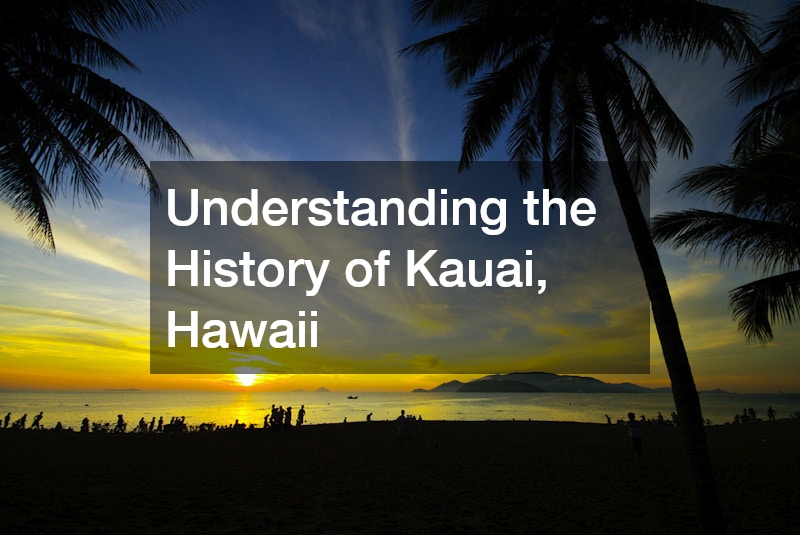
Kauai, the oldest of the main Hawaiian Islands, is steeped in a history that is as lush and diverse as its verdant landscapes. Known as the “Garden Isle,” Kauai’s past is a rich tapestry of natural evolution, ancient Polynesian navigation, and cultural transformation, making it a unique gem in the Pacific.
The geological history of Kauai dates back about five million years, making it the oldest among its sister islands. Its age has allowed for the development of its iconic, deeply eroded landscapes and lush rainforests. The island’s most famous geological feature, the Na Pali Coast, showcases dramatic cliffs and valleys that have been carved out over millennia by natural forces.
Similarly, Waimea Canyon, often referred to as the “Grand Canyon of the Pacific,” displays a colorful array of red, brown, and green hues, revealing layers of geological history.
Kauai’s human history began when it was first settled by Polynesians, around 1,000 AD. These initial settlers arrived from the Marquesas Islands and later from Tahiti, navigating vast oceanic distances using only the stars, winds, and bird flight patterns as their guides. They established thriving communities based on fishing, taro cultivation, and the worship of their gods, with a social structure organized around chiefs (ali’i) and commoners (maka’ainana).
The island’s first significant contact with the Western world occurred in 1778 when British explorer Captain James Cook landed at Waimea Bay. This contact marked the beginning of a new era for Kauai and the entire Hawaiian archipelago. The influx of Western influence brought new technologies, diseases, and a new political landscape that would eventually lead to profound changes.
In the early 19th century, King Kaumuali’i, the last independent ruler of Kauai, chose to join his kingdom with that of King Kamehameha I, who was uniting the Hawaiian Islands under his rule. This peaceful transition marked a significant moment in Kauai’s history, as it integrated into the Kingdom of Hawaii without the bloodshed that occurred on other islands.
Throughout the 19th and 20th centuries, Kauai underwent substantial economic changes. The sugar industry became a dominant economic force, bringing immigrants from Japan, China, Portugal, and the Philippines, each adding to the cultural mosaic of the island. The decline of sugar in the late 20th century led to a new focus on tourism, which has become the cornerstone of Kauai’s economy today.
Watch the video above to learn more about the Kauai history and culture now!.




